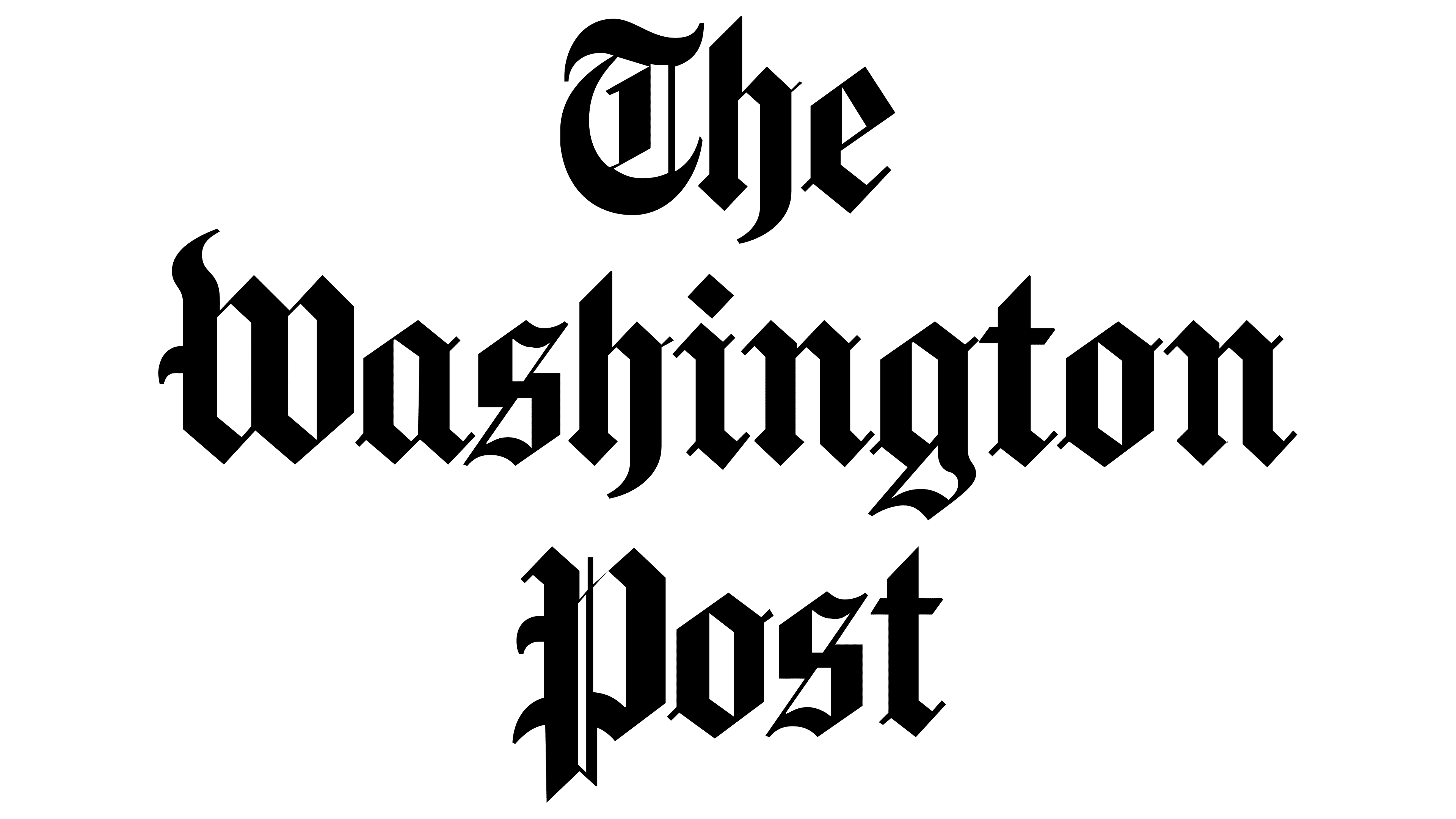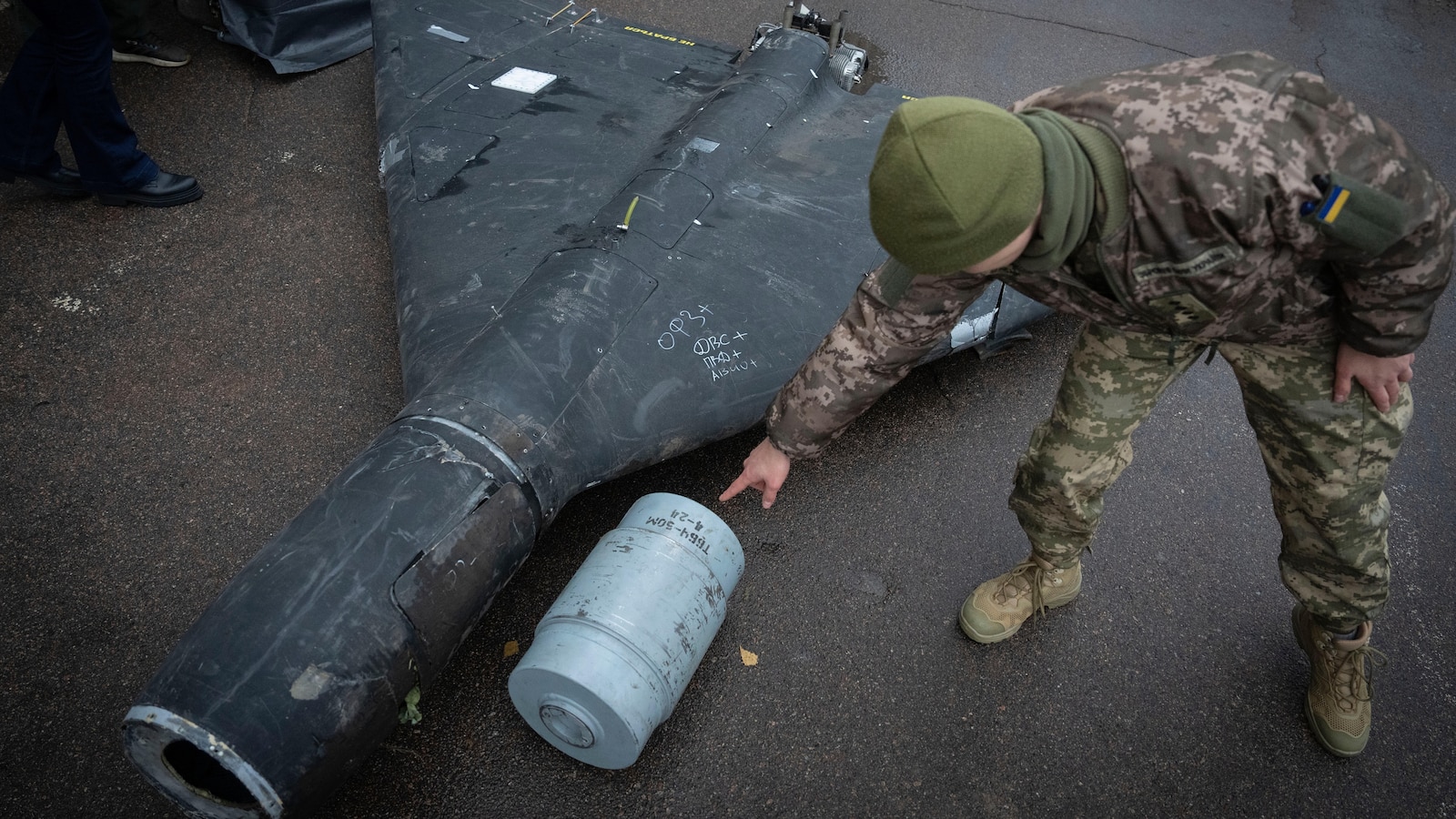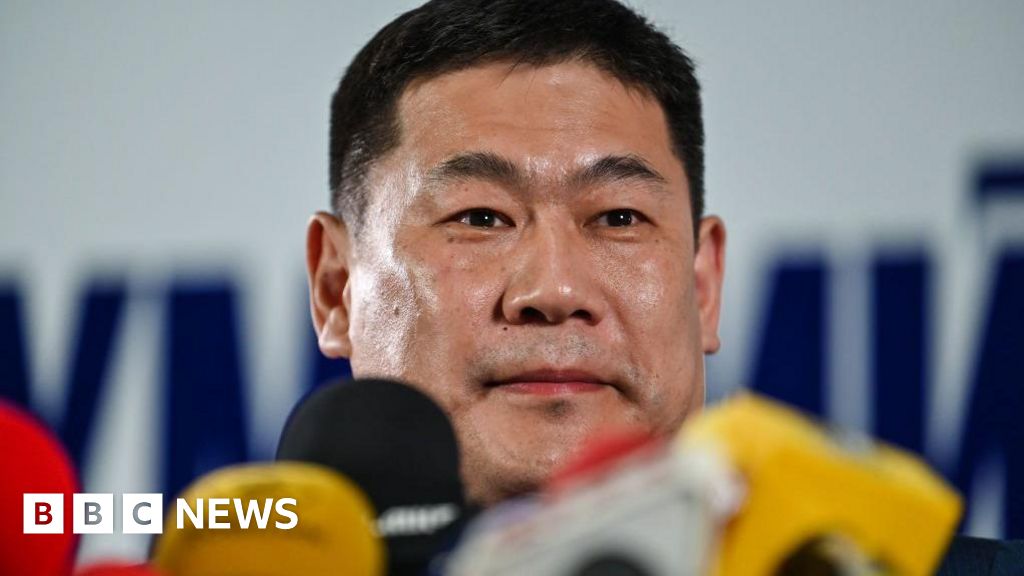ARTICLE AD BOX
President Trump on Wednesday imposed a baseline tariff of 10% on all imports and additional, reciprocal levies on “worst-offender” nations in a bold restructuring of the global trading order he views as fundamentally unfair to the U.S. and calamitous for its workers.
Mr. Trump said the reciprocal tariffs will be roughly half the combined rate other nations charge on U.S. goods through tariffs and other barriers “because we are being very kind.” China’s rate of 67% would be met with a 34% rate from the U.S., and the EU’s 39% rate would be met with a 20% rate.
The president said he had no choice but to fight back against nations that “looted” and “pillaged” U.S. taxpayers, fulfilling his decades-long belief that bigger tariffs would be a salve for America’s wounded manufacturing base.
“This is [the] Liberation Day we’ve been waiting for a long time,” he said at an event in the White House Rose Garden that featured Cabinet members and blue-collar workers in jackets and helmets.
The president promised that “jobs and factories will come roaring back to our country.”
The baseline tariffs will go into effect Saturday, and the reciprocal regime will take effect on April 9. Mr. Trump confirmed that his 25% tariff on automobiles made outside the U.S. would go into effect at midnight Wednesday, prompting cheers from workers in the audience.
To justify the levies, Mr. Trump is declaring a national emergency over U.S. trade deficits with other nations that total more than $1 trillion. Mr. Trump and his team say they are being lenient, imposing new taxes on foreign goods that remain lower than the tariff levels those nations impose on U.S. products.
“They do it to us, and we do it to them. Very simple, can’t get any simpler than that,” Mr. Trump said. “We’re going to take care of our people first.”
Still, the plan is arguably the most seismic trade move by the U.S. since World War II. Some economists warn that the plan is a huge gamble that will raise prices and increase the risk of a recession.
Tariffs are taxes or duties paid by importers on goods from foreign markets.
Mr. Trump says his plan is simple: If you tax our products, we’ll hit back. Yet he is embarking on a grand experiment.
The plan hinges on the belief that getting tough with trading partners will recalibrate things in favor of U.S. industry and workers as companies move production onshore to avoid tariffs or force consumers to opt for American-made goods.
The White House released a bevy of studies and reports Wednesday showing how Mr. Trump’s first-term tariffs spurred U.S. production. It also pointed to recent investments in the U.S. by chipmakers, Asian automakers and other companies.
Mr. Trump, in part, is trying to leverage the massive U.S. consumer market, which accounts for 29% of global consumer spending at more than $20 trillion per year, or more than twice the European Union’s annual spending.
He said foreign producers expect unfettered access to this American “piggy bank” but impose hefty trade barriers on U.S. producers trying to sell their products abroad, including a 39% tariff on American beef going to Japan and Canadian levies on American dairy that exceed 200%.
Mr. Trump said the U.S. typically charges a 2.4% tariff on motorcycles, Thailand charges about 60% on U.S. motorcycles, and India charges 70%. He said the European Union restricts U.S. poultry exports and Australia won’t “take any of our beef.”
The president said he doesn’t blame other countries for playing hardball but former presidents should have responded.
Mr. Trump used a large chart to detail new tariff rates for the dozens of countries on his reciprocal list. He included a 30% tariff on South African products in response to the 60% tax it imposes on U.S. goods. Cambodian goods face a 49% tariff after the White House determined it taxes U.S. goods at 97%.
“Oh, look at Cambodia!” Mr. Trump said.
Economists say Mr. Trump might win concessions through bilateral negotiations. Israel dropped its remaining tariffs on U.S. goods on the eve of Mr. Trump’s announcement.
Yet the White House signaled it is even more concerned about trade barriers beyond tariffs. Other nations are expected to respond with tit-for-tat retaliation by imposing new levies on U.S. goods.
“Europe did not start the tariff confrontation. Tariffs are taxes, paid by the people,” European Commission President Ursula von der Leyen said Tuesday. “But Europe has everything to protect our people and our prosperity. We will always promote & defend our interests and values.”
Mexico showed restraint, saying it doesn’t plan to engage in tit-for-tat tactics.
“We do not believe in an eye-for-an-eye, a tooth-for-a-tooth because that always leads to a bad situation,” Mexican President Claudia Sheinbaum said Wednesday during a press conference.
A trade war, however, threatens to add costs to the supply chain, translating into higher consumer costs on clothes, food, electronics and other items. It also undercuts Mr. Trump’s campaign pledge to tame inflation.
Although trading partners might suffer more than Americans, “it would still hurt the United States,” said Erica York, vice president of federal tax policy at the Tax Foundation.
“Tariffs and retaliation will shrink U.S. GDP, the real value of after-tax income for U.S. households, and export opportunities for U.S.-based companies,” she said. “Globally, about three-fourths of total purchasing power and about 95% of consumers are outside of America — vitally important markets for U.S. businesses to sell to, and cutting that off through a trade war will bring economic pain here.”
Democrats said the tariffs are new taxes on goods that lower-income consumers buy. They said Republicans are trying to raise revenue and free up budget space for tax cut plans that benefit wealthier people.
“Life is about to become far more expensive, and Donald Trump — the billionaire who promised to bring down inflation on Day 1 — says he could not care less if you have to pay more,” said Senate Minority Leader Charles E. Schumer, New York Democrat. “Why is Donald Trump so dead set on starting this ill-conceived trade war? Simply to pay for his tax breaks for billionaires.”
Washington State Treasurer Mike Pellicciotti, a Democrat, said a trade war will make fertilizer more expensive for farmers and companies that rely on export markets will be impeded by retaliatory measures from other nations.
“We are getting hit on both sides here in Washington,” he said.
Although it is unclear how the tariffs will play out, the uncertainty makes Wall Street jittery because consumers might slow spending or employers might cut jobs if they cannot absorb higher costs.
Stocks traded in positive territory as details of Mr. Trump’s plan remained under wraps, though the specter of levies has roiled markets for weeks.
Earlier this year, Mr. Trump imposed new tariffs on Chinese goods and a 25% tariff on steel and aluminum imports. He imposed 25% tariffs on Canada and Mexico, citing unchecked migration and fentanyl trafficking, only to pause levies on a host of goods covered by the North American trade agreement he negotiated in his first term.
Presidents can impose tariffs without Congress in certain situations, such as to protect national security or address international emergencies.
The U.S. relied on tariffs as a primary source of government revenue until the federal income tax was imposed in the early 20th century.
Foreign countries don’t pay tariffs directly to the U.S. Treasury, despite Mr. Trump’s general assertion that he is taxing other nations.
The importers of record pay the levies — in many cases, U.S. companies — and they might pass on at least some of the cost to consumers through higher prices.
Mr. Trump is promoting tariffs to protect American workers while raising plenty of revenue for the U.S., though the goals could ultimately be at odds. If tariffs force more domestic production in place of imports, then tariff revenue would decline.
“The White House has not been clear whether their aim is permanent revenues, permanent protection, or temporary tariffs for negotiation,” Ms. York said. “It’s contradictory to claim all three of those purposes as the aim because they each require different policy actions.”
Whatever the aim, Mr. Trump is acting on a years-long belief that tariffs can restore American greatness, said Ross Baker, a politics professor at Rutgers University.
“For a president who is criticized for having no fixed ideology,” he said, “tariffs do seem to be something he truly believes in.”

 3 months ago
86
3 months ago
86








 English (US) ·
English (US) ·